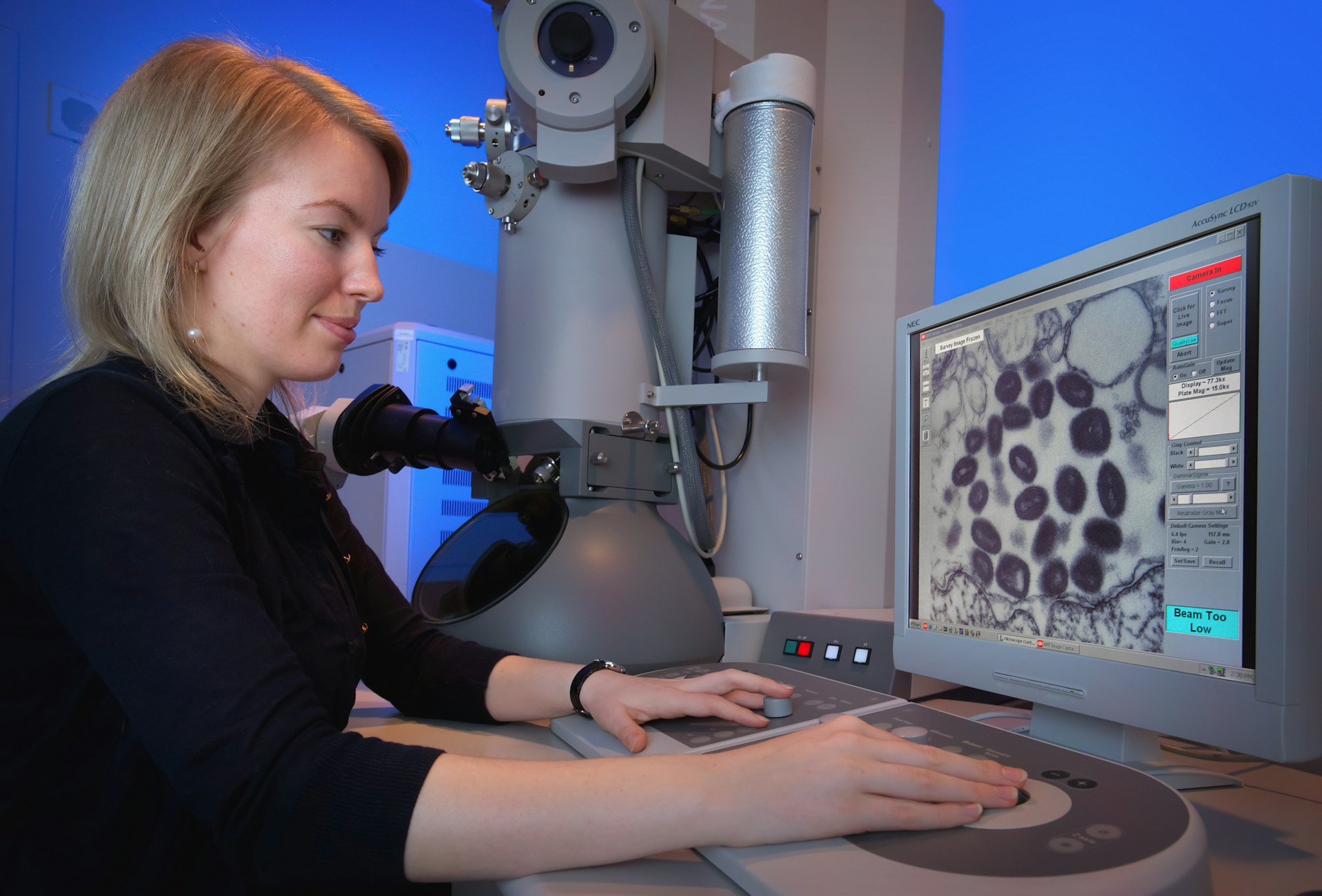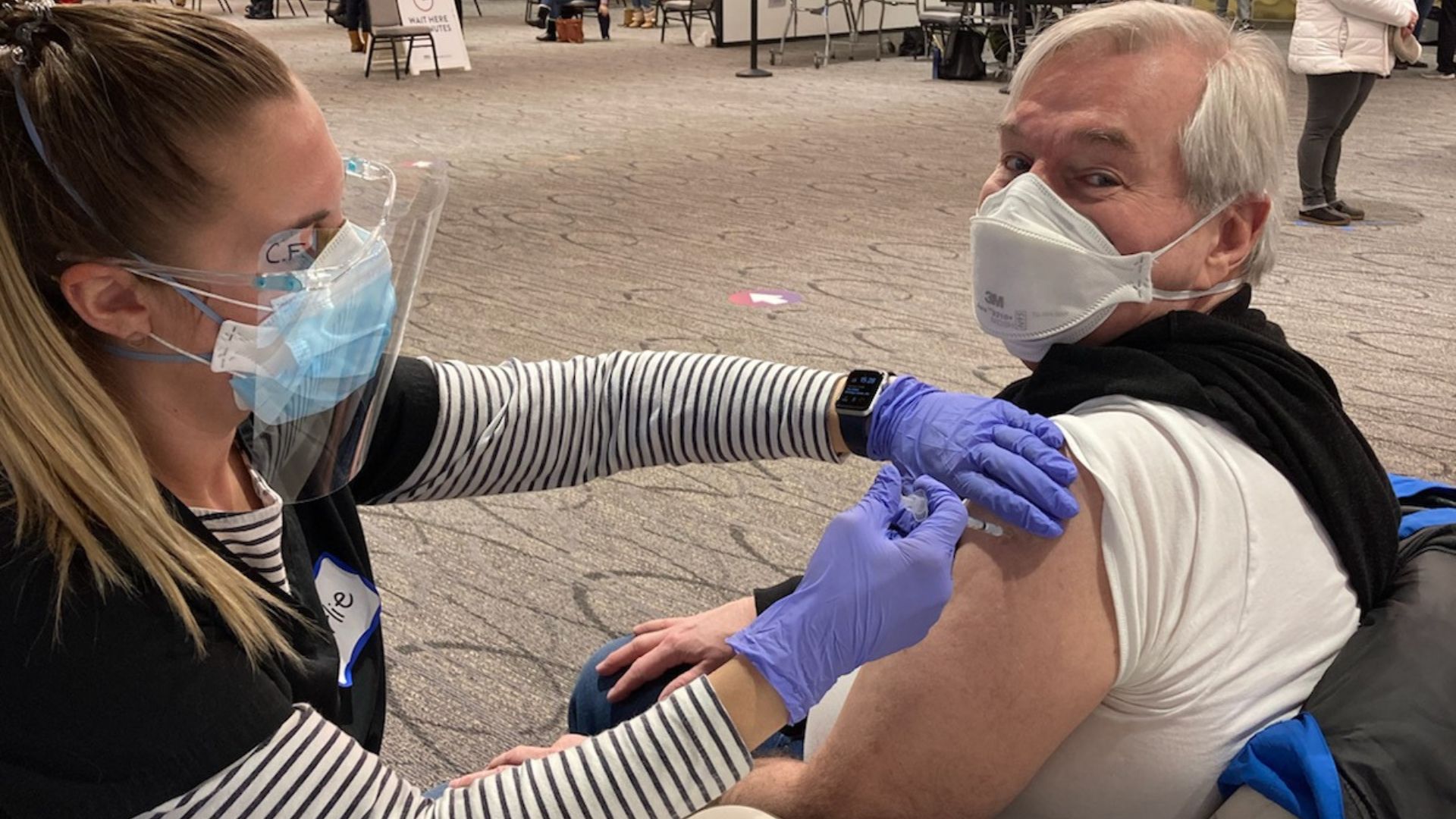The World Health Organization reported on Wednesday that a 59-year-old man in Mexico who died in April had the first confirmed human case of the H5N2 strain of bird flu.
The man had no prior history of exposure to poultry or other animals, according to WHO, which adds to the growing concern about the spread of bird flu among people.
Difference to Bovine Bird Flu Virus

The strain is unique in relation to the flare-up of the bird flu virus, called H5N1, that is spreading through scores of dairy cows in the U.S.
There was also a mild infection reported among three farm workers alongside the bovine cases that have been recorded.
What is H5N2?

H5N2 is only one of a few sorts of avian flu infections. Does it really represent a huge health hazard to people?
An exposure to H5 infection in Mexico isn’t unexpected, said Dr. Troy Sutton, an associate teacher of veterinary and biomedical sciences at Penn State.
Prevalence in Mexico

Since the middle of the 1990s, H5 viruses have been circulating in Mexico among wild birds and poultry.
However, unlike H1 and H3 viruses, other avian influenza strains that have infected humans, H5 viruses rarely infect humans.
Classification of Viruses

The two types of protein that are found on the surfaces of viruses are used to classify them: hemagglutinin, or H, which assumes an essential part in permitting the infection to contaminate cells.
Additionally, neuraminidase, or N, is present which assists the infection with spreading. It is possible to combine H and N proteins in many different ways.
Subtypes of H5 Viruses

H5N2 is a member of the H5 family of bird flu viruses, which mostly affect wild birds. The Centers for Disease Control and Prevention (CDC) states that there are nine distinct subtypes of H5 viruses that have been identified.
According to Sutton, H5N1 is frequently associated with highly contagious H5 viruses known as the “Goose Guangdong lineage,” which have sporadic infections in humans and numerous outbreaks in poultry over the past 20 years.
Patient Behavior

Before exhibiting symptoms, the Mexican patient had been in bed for several weeks. The man developed fever, nausea, diarrhea, shortness of breath, and general malaise on April 17, according to the WHO.
He was hospitalized a week later, on April 24, and he passed away that day. Sutton said that it’s vital to take note that the man had several underlying medical conditions, which probably exacerbated his disease.
Change in Analysis

According to Sutton: “The person may have already been quite sick. That changes the calculation a little bit more than, say, a healthy farm worker getting infected.”
The WHO said no different cases were accounted for during its examination. One of the 17 contacts at the hospital where the patient died reported having a runny nose.
Questioning Origins

Despite this, experts are still unsure how the man contracted the virus because he was not exposed to poultry or any other animals.
This suggests that there may be additional cases that have not been identified if he was infected by another human.
New Precedent

Sutton stated, “It is concerning that a new virus subtype has infected a human.”
Human-to-human transmission is unlikely, according to University of Minnesota infectious disease expert Dr. Michael Osterholm. “They likely picked it up from the same place.”
Severity of Case

Osterholm stated that data indicate that the man’s H5N2 infection is a low-pathogenic virus, indicating that it is unlikely to cause severe illness.
“There’s high path and low path, and the high path has certain genetic changes. It makes it much more likely to cause serious illness,” Osterholm stated.
Scientific Inquiry
Dr. Paul Offit, an infectious disease expert and the overseer of the Vaccine Education Center at Children’s Hospital of Philadelphia, said the fundamental inquiry among specialists is whether the H5N2 has transformed here and there and has made it simpler to spread to people.
H5 infections, as a general rule, he expressed, are unlikely to infect individuals in light of the fact that the cell receptors they target birds are very different than our own.
The concern over the spread of strains of bird flu and their transmission to humans will be a subject of study for scientists in years to come.
